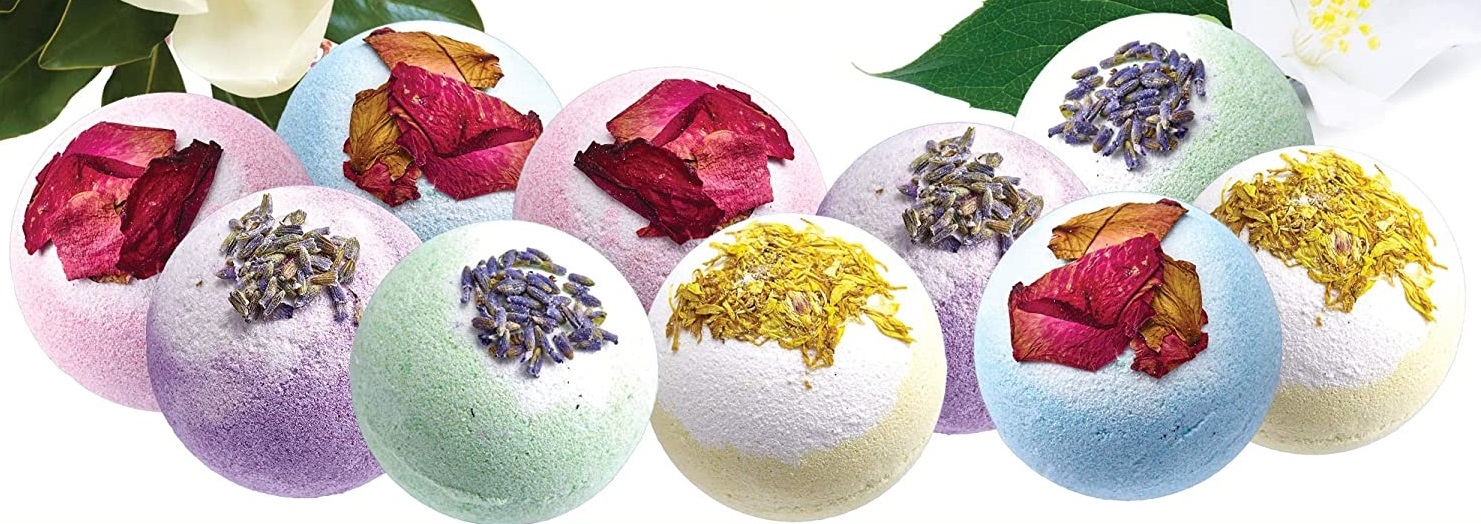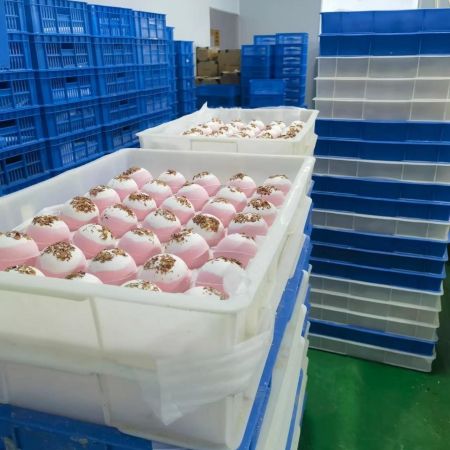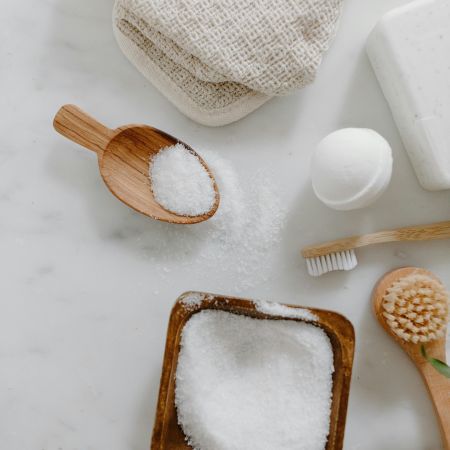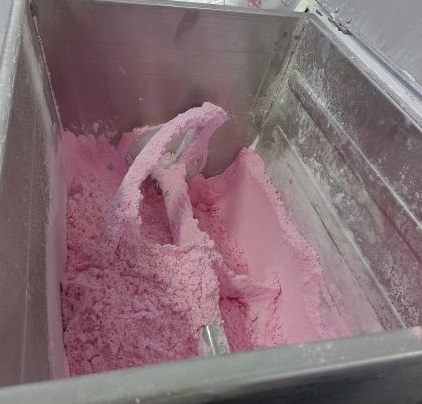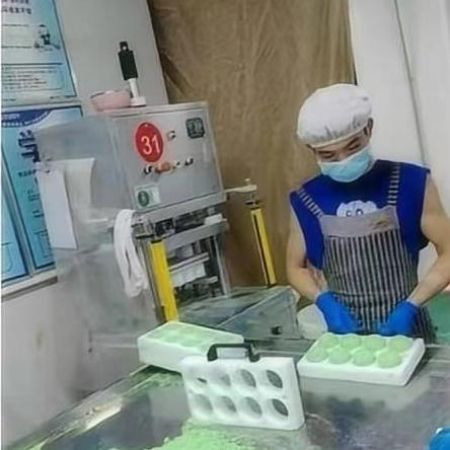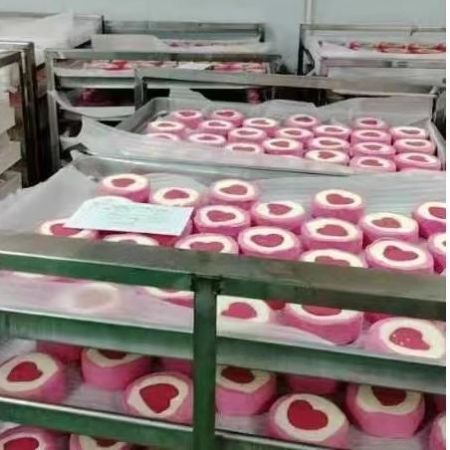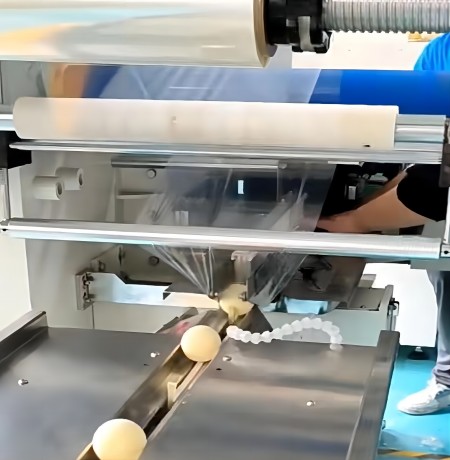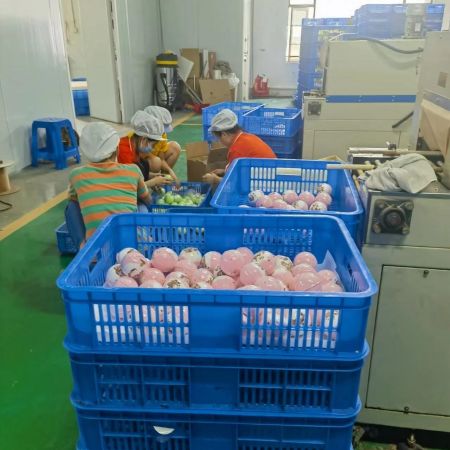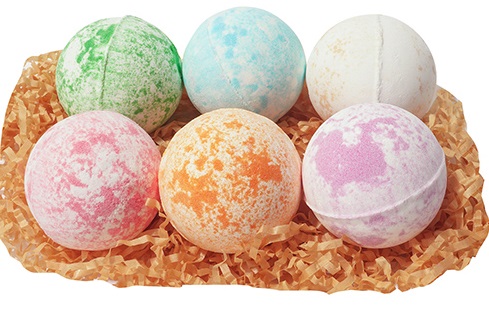Bath Bomb Manufacturing Process
Making bath bombs at home is a fun and relatively easy project! But do you know how to make it in mass production? Here’s a basic rundown and the steps involved:
- Materials prep
- Material Crush
- Stirring & Mixing
- Molding
- Dehumidification
- Shrinkwrap
- Materials prep: The process begins with the essential ingredients, Weigh and prepare ingredients according to the recipe. The raw materials are inspected and should be qualified.
2. Material Crush: Now comes the blending of the dry ingredients. Lumpy raw materials like baking soda, citric acid, and salts, are carefully crushed into fine powders according to specific recipes. This step ensures a smooth and fizzing effect, color vibrancy, and even the nourishing of the finished product.
3. Stirring & Mixing: Once the dry ingredients are perfectly unified, it’s time to add the wet components. Plant extracts for moisturizing, essential oils for that delightful aroma, and natural colorants are carefully combined with the dry mix. This is a delicate balancing act! The goal is to achieve the perfect consistency for molding. If the mixture is too wet, it won’t hold its shape in the molds and might collapse. Conversely, if it’s too dry, it won’t bind together properly and might crumble. This mixing process ensures a uniform consistency throughout the entire production.
4. Molding the Magic: Now for the transformation! The mixture is carefully pressed into molds. These molds can create all sorts of fun and lovely shapes, from classic ball shape to playful hearts or stars.
The perfectly blended mixture is carefully pressed into molds. Here, a delicate touch is the key point. Applying too much pressure can lead to a surprising outcome: even bath bombs formulated to float might sink in the tub. This depends on the skill of the technicians operating the molding machines. To ensure consistent bath bomb performance, the molding process undergoes continuous monitoring. This guarantees that every bath bomb delivers the same delightful fizzing experience.
5. Dehumidification: The Drying Act: Freshly molded bath bombs are placed in a controlled dehumidification room, where the moisture level is strictly maintained below 30%. This step removes any excess moisture, ensures the bath bombs dry thoroughly and harden properly, and ensures they’ll fizz beautifully.
6. Shrinkwrap: Once fully dry, a thin layer of shrinkwrap is applied to each bath bomb. This film protects the bath bomb from breaking during transport also keeps it fresh. This process relies on a delicate balance of heat and conveyor belt speed. If the temperature is too high, the film will shrink excessively, creating some holes and wrinkles. If the temperature is too low, the film won’t shrink tightly around the bath bomb, compromising its protection.
The production process of a bath bomb is simple, however, it requires continuous quality control by technicians, to ensure every bath bomb meets the highest standards.

